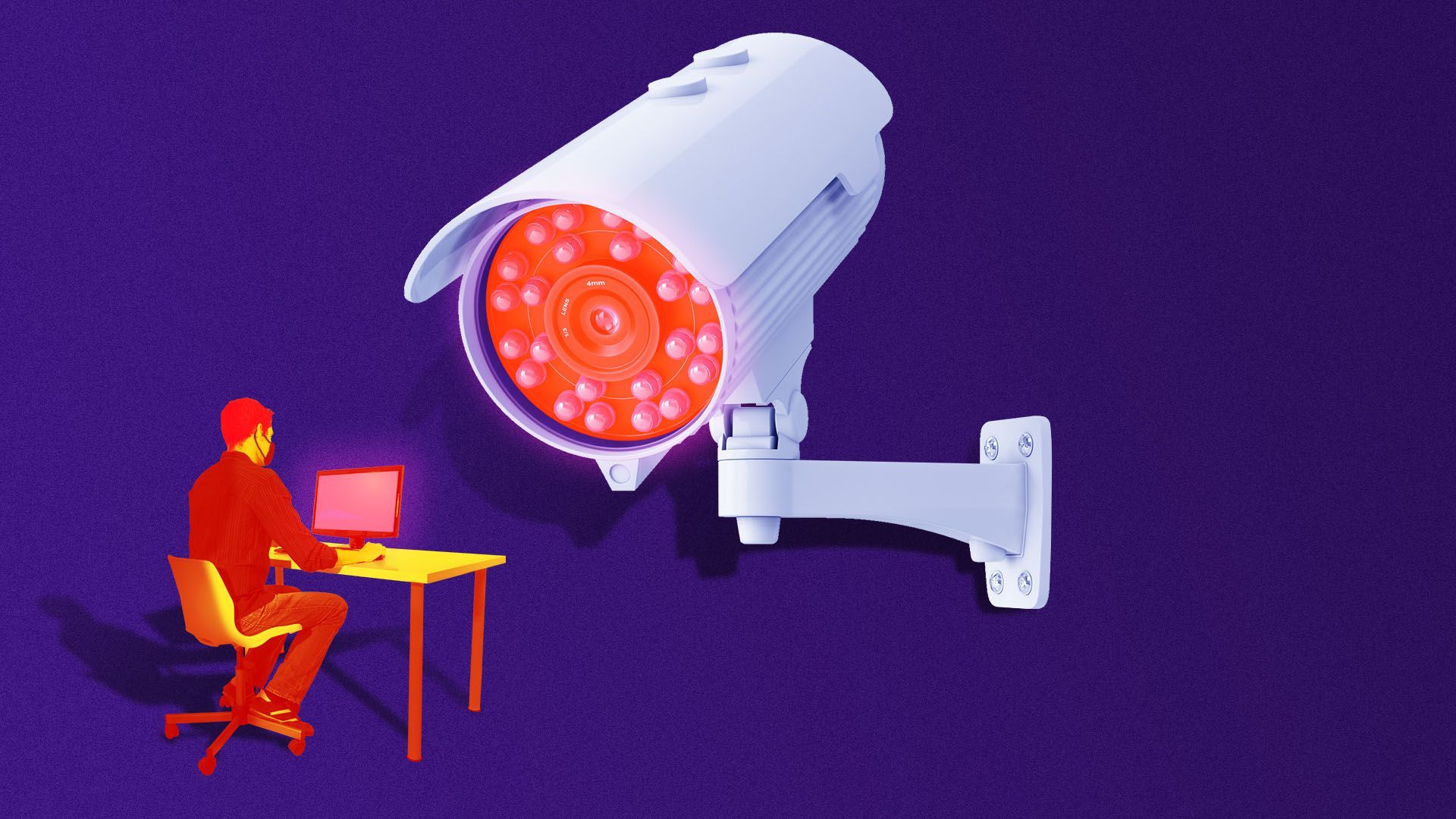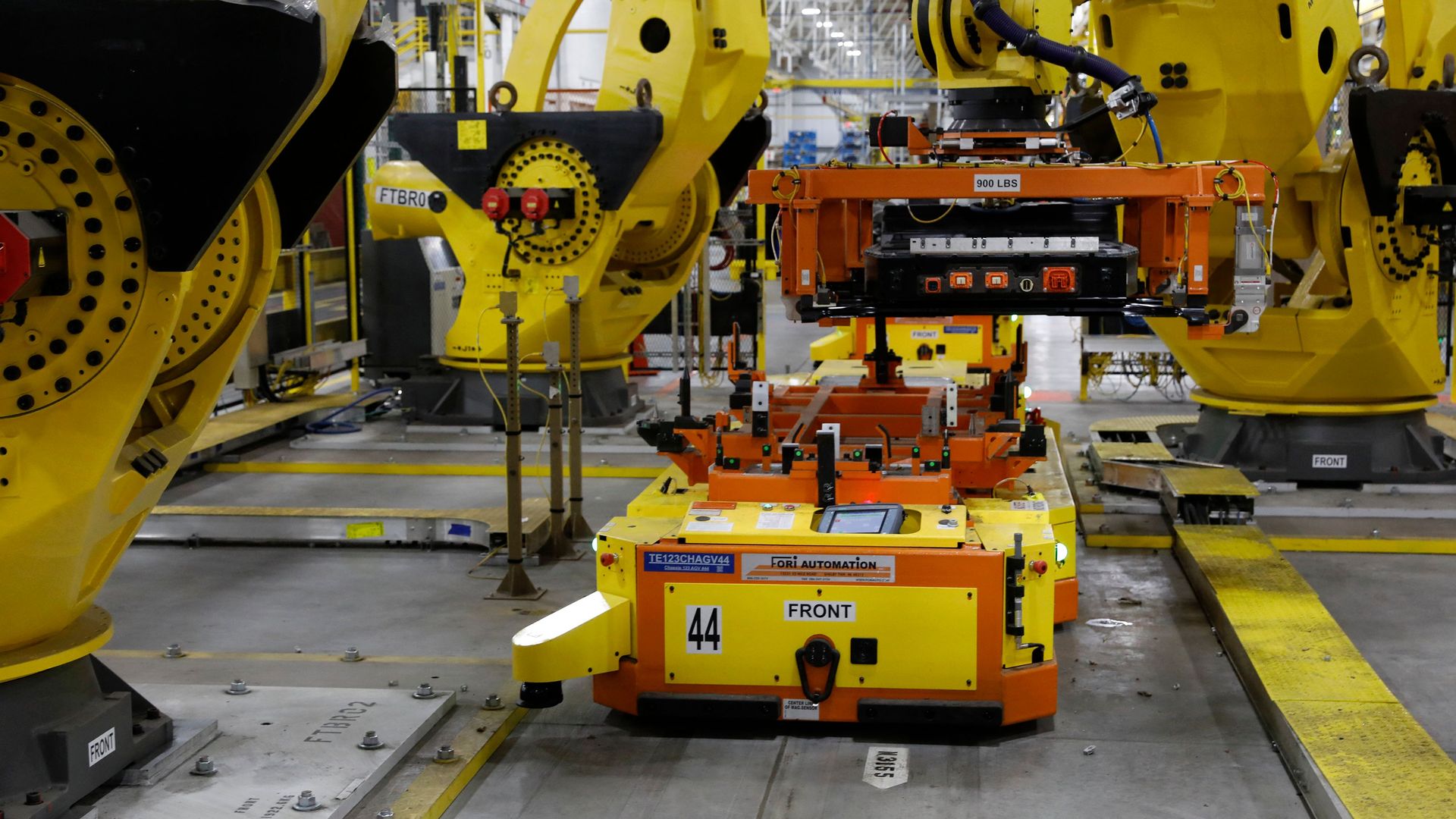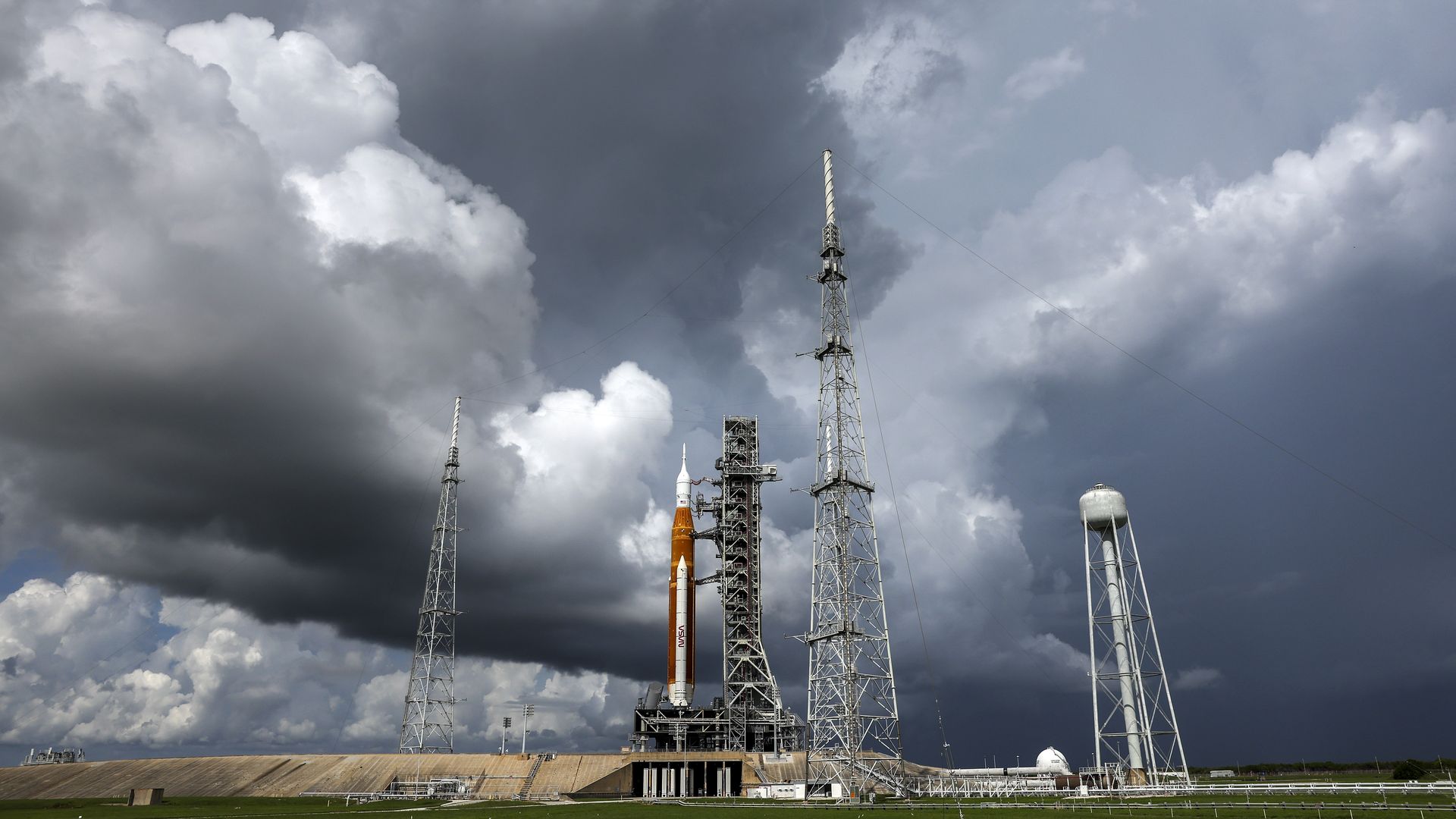 Note: "Areas" are defined as Core-Based Statistical Areas, which are one or more socioeconomically tied counties anchored by an urban center. "Very hot" days are those with a high at or above the 1991-2020 95th percentile temperature for each given area. Data: U.S. Census, NOAA; Chart: Erin Davis/Axios Visuals Almost all of the fastest-growing major metro areas across the U.S. are getting significantly hotter, and many are also at risk for other natural disasters, Alex Fitzpatrick and Erin Davis report. Why it matters: These long-term population trends will strain cities' water supplies, power grids and other utilities, and put a lot of Americans at risk of heat-related health issues. Details: 9 of the 10 fastest-growing urban areas in the U.S. have seen an increase in the number of "very hot" days between 1991 and 2020. - We defined "very hot" days as those with a high temperature in the top 5% ever recorded for that particular city.
By the numbers: Las Vegas, Austin and Raleigh grew the fastest between 1991-2020, and have had increases in "very hot" days of 115%, 553% and 59%, respectively. - McAllen, Texas, has seen a staggering 724% hike in "very hot" days, while its population grew by 118%.
- Fayetteville, Arkansas, is the only one of the 10 fastest-growing cities that got cooler, with 33% fewer "very hot" days.
What's next: Some cities, like Phoenix, are hiring "chief heat officers" and finding creative ways to keep the mercury down. - The Arizona capital is aiming to build 100 "cool corridors" by the end of the decade to reduce hyperlocal temperatures and is using specialized paint to cool roads.
Between the lines: Americans are flocking to cities with a high risk of inhospitable conditions. - In Florida, for example, populations are booming up and down the state's coasts, where hurricanes are an annual threat. Miami has already struggled to keep pace with rising floodwaters.
- Houston is also at risk for hurricanes.
- Parts of Southern California face large and growing threats from wildfires.
- And drought is an issue across the American West and elsewhere.
The big picture: This data is a sign that extreme heat isn't yet factoring into people's decisions about where to live or raise their families, despite the risks that high temperatures can bring. Share this story. | 









No comments:
Post a Comment